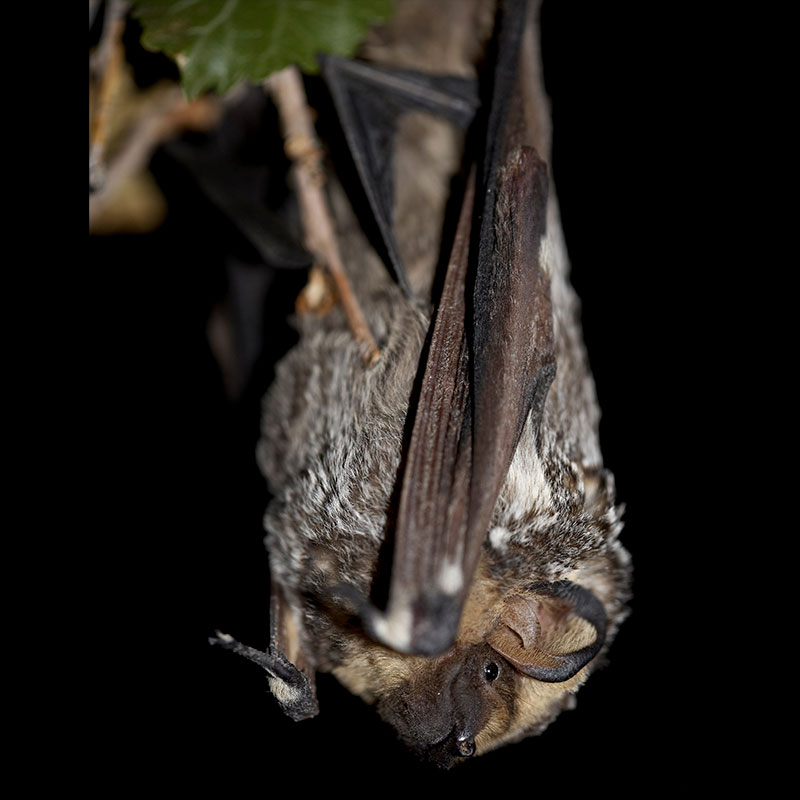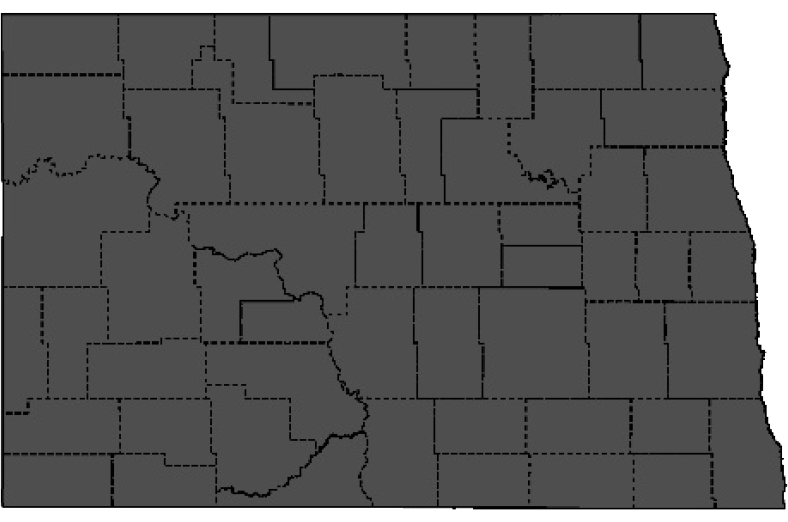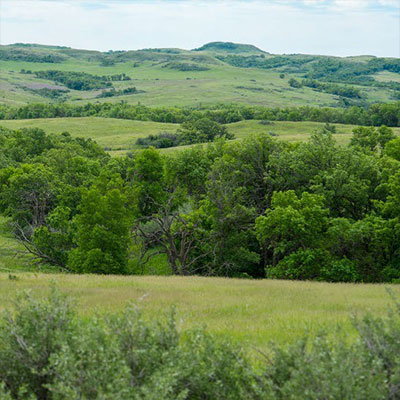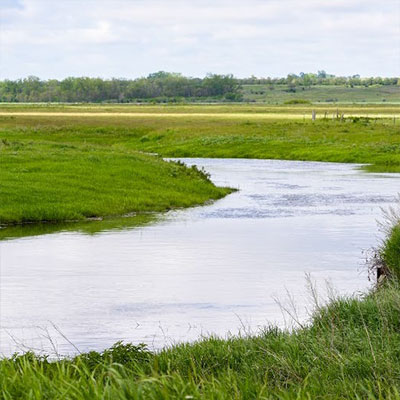Hoary Bat

Adobe Stock
Large bat identified by the white/yellow tipped hairs over brown pelage on its body. Yellow throat patch. Membrane between its back legs is covered in fur.
Status in North Dakota
Seasonal, Migratory.
Reason for SWAP Designation
Threatened by the emergence of wind energy development in ND.
Identified as a Regional Species of Conservation Priority by the Midwest Association of Fish and Wildlife Agencies.
Petitioned for Listing Under the Endangered Species Act with a decision pending in 2028.
Threats
The expansion of wind energy development is identified as an emerging threat to this species due to it migratory nature.
North Dakota bat species are insectivores.
The use of pesticides in the vicinity of a feeding ground would affect bat populations by killing prey.
Also, bat species are known to store pesticides within fat reserves.
Research and Monitoring
- Bat species are monitored acoustically using North American Bat monitoring protocol.
- Bats are also monitored with mist nets by a number of partners in the state.
Management Recommendations
- Work with wind energy development companies on turbine siting to minimize impacts to migrating bats.
- Protection and restoration of riparian habitat.
- Manage riparian habitats to maintain snags, connecting corridors, and edges.
- Maintain and improve seeps, ponds, and other wet areas as water sources.
- Education on the benefits and misconceptions about bats.
- Identify and protect maternity roosts. Provide roosting sites in areas where natural sites have been destroyed or disturbed.





